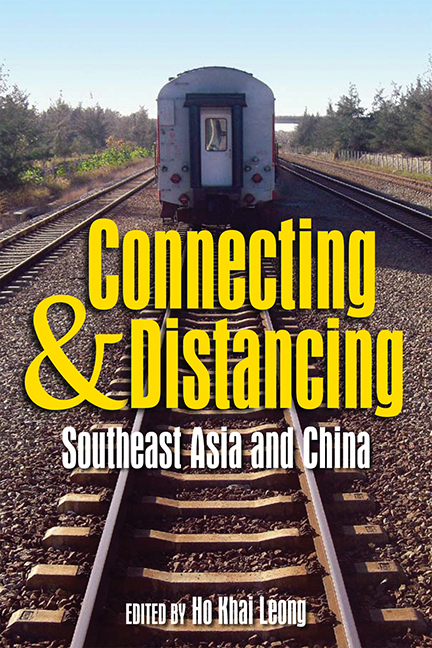Book contents
- Frontmatter
- Contents
- Contributors
- Introduction
- PART I History and Remembrance
- PART II The Cultural and Chinese Identity
- PART III Economy, Politics and Regionalism
- 9 The Economic Emergence of China: Strategic Policy Implications for Southeast Asia
- 10 When Old Regionalism Meets New Regionalism: Taiwan and China in East Asian Regional Integration
- 11 Language Power: Relational Rhetoric and Historical Taciturnity A Study of Vietnam-China Relationship
- Index
10 - When Old Regionalism Meets New Regionalism: Taiwan and China in East Asian Regional Integration
from PART III - Economy, Politics and Regionalism
Published online by Cambridge University Press: 21 October 2015
- Frontmatter
- Contents
- Contributors
- Introduction
- PART I History and Remembrance
- PART II The Cultural and Chinese Identity
- PART III Economy, Politics and Regionalism
- 9 The Economic Emergence of China: Strategic Policy Implications for Southeast Asia
- 10 When Old Regionalism Meets New Regionalism: Taiwan and China in East Asian Regional Integration
- 11 Language Power: Relational Rhetoric and Historical Taciturnity A Study of Vietnam-China Relationship
- Index
Summary
Although there were no formal commercial agreements amongst East Asian countries prior to the mid-1990s, the region's rapid economic growth contributed to a dramatic increase in intra-regional trade flows. This is manifested in rapidly increasing regionalized investment and production.
The old notion of regionalism emerged as a response to regionalization. National and local governments in East Asia have implemented numerous policy initiatives to facilitate increased transnational economic relationships by opening their national economic space and encouraging regionalization. Taiwan is one of the economies in East Asia that has been engaging regionalization from the beginning, thereby providing an explanation to the development of (old) regionalism. On the other hand, with the emergence of new regionalism, which may be understood as a state strategy to respond simultaneously to national political pressures and the internationalized structure of the global political economy, Taiwan is now destined to engage in deeper regionalization with other major East Asian economies and, especially, with China.
This chapter will explore similarities and differences between old and new regionalisms from Taiwan's vantage point. As economies of East Asia are developing various forms of regional integration, the chapter posits that old regionalism sometimes reappears and is intermingled with new regionalism. Furthermore, given the fact that the Chinese economy is largely dependent on investments from and trade with the rest of the region, particularly in the form of components from Taiwan and others for the production of exports, Taiwan is in a position to share its experience with China in dealing with old regionalism.
In so doing, this study hopes to shed new light on new regionalism. In East Asian economies, there is still a correlation between formal economic regionalism and informal economic regionalization in East Asia, particularly between Taiwan and China. This chapter will also show that a large proportion of Taiwan's trade with China (more than 60 per cent of Taiwan's exports and more than 70 per cent of Taiwan's outward investment are centred in China) derives from the fact that the process of East Asian regionalization of production is based on a complex web of relationships built on a hierarchy of asymmetric dependencies.
- Type
- Chapter
- Information
- Connecting and DistancingSoutheast Asia and China, pp. 211 - 229Publisher: ISEAS–Yusof Ishak InstitutePrint publication year: 2009



